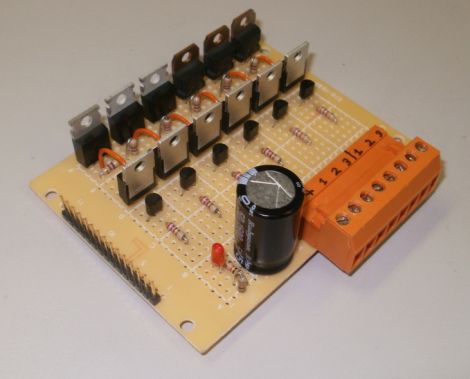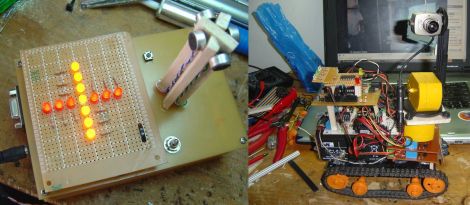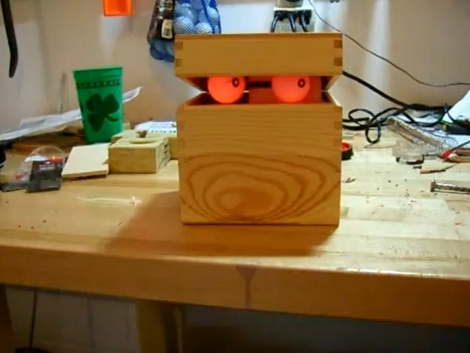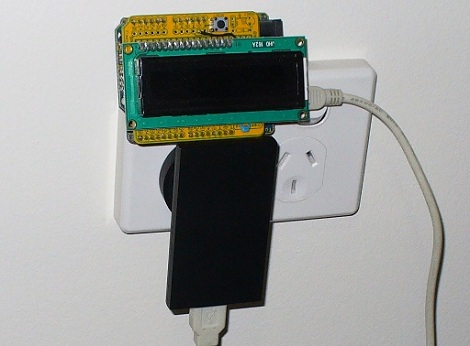
We can’t think of a single person who doesn’t enjoy playing with a handful of rare earth magnets now and again. We know that [Dave Johnson] certainly does. As a gift to his father in law, he constructed a magnificent machine that does little more than manipulate spherical rare earth magnets with hypnotizing grace.
The machine is constructed almost entirely from wood, save for a few fasteners and rods. Even the gears have been carefully cut from wood, with special attention paid to ensure smooth operation. When cranked, the machine slices off a single magnet from one end of a long chain, passing it along to a lift arm. The lift arm deposits the magnet into a metal tube, and with the help of eddy currents, it drifts slowly down before being redeposited at the end of the magnet chain.
Be sure to check out a video demonstration of the machine after the break, it really is fun to watch.
[via LaughingSquid]
Continue reading “Hand-cranked Magnet Machine Is Endless Fun”
















